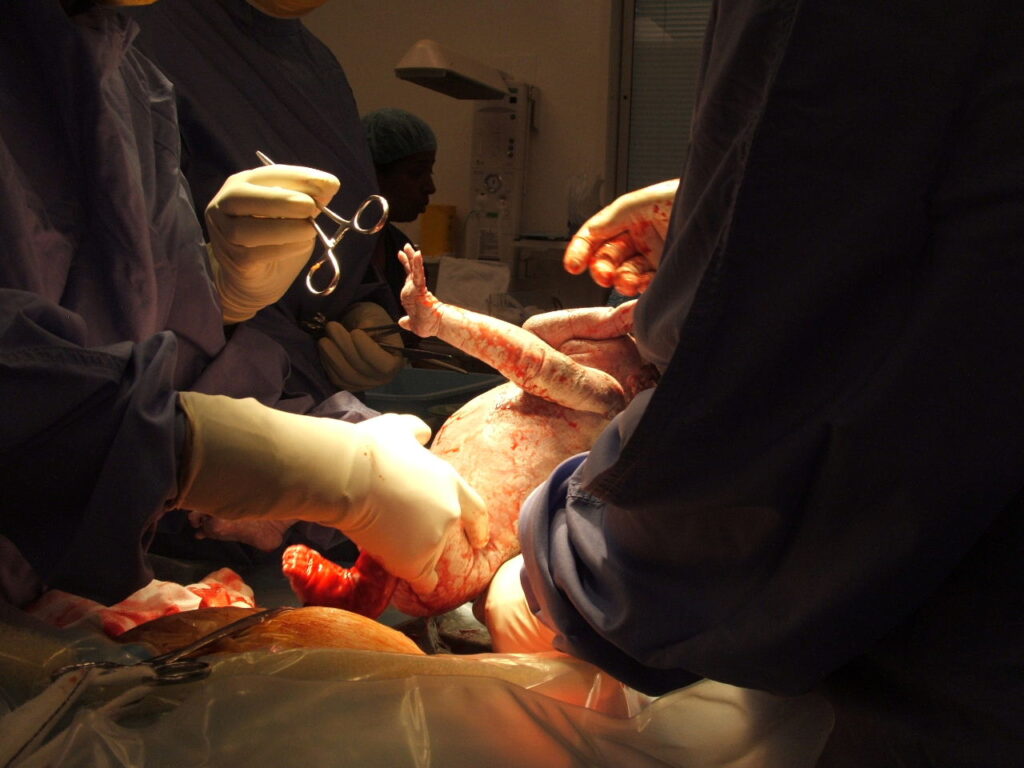I remember reading somewhere that one-third of births in the U.S. are by C-section.
Therefore, two-thirds – the rest of them – must be born the natural way, right?
And then I saw this headline, in the Bang Showbiz NZ section of Yahoo! News. (I know, I know: what on earth was I doing there?)
This headline changes everything:
Eva Amurri announces birth of baby boy via newsletter
Yahoo! News, Bang Showbiz NZ, March 2020
That’s right!
If you haven’t heard it elsewhere, you heard it here first.
Ever the sceptic, I read the first sentence of the article to be sure the headline wasn’t a typo. And because, well, clickbait.
And there it was, in stark black letters on the white background of my screen:
“Eva Amurri and Kyle Martino have announced the birth of their third child via newsletter.”
Now, I may have missed some important developments in the world of obstetrics in the thirteen years since our twin sons – fifty percent of our children, incidentally, but one-third of the deliveries in our family – were delivered via C-section.
But I’m sure I would have heard of this new method.
I don’t even know who Eva Amurri and Kyle Martino are, but I’m guessing they inhabit the world of showbiz.
Perhaps birth by newsletter is something that only people with Hollywood-level incomes can afford.
That would explain how I missed it. I miss a lot of important things that are done or said by Hollywood celebrities.
Our experience. Definitely no newsletter
As I said earlier, two of our sons were delivered via caesarean.
And I’ve got the pictures to prove it.
I remember the scene as if it were only thirteen years ago. It was a major production. I remember counting more than twenty medical people in the operation theatre. A team for each baby, plus the surgeons and the anaesthetist.
And the mother and father, one of whom was sedated and serene, and one of whom didn’t know what was going on.
This was serious.
It was also surreal. Karen could feel nothing below the screen – a table-tennis-net of a curtain that would prevent her from seeing what was going on.
But, ridiculously, it didn’t prevent me from seeing.
I kind of wish it had blocked my vision, because when Dr Parry did her “3, 2, 1, cut!” countdown, I couldn’t help but see that first cut and then, seconds later, a flap of abdomen skin being folded back out of the way. (For some reason, the image reminded me of the carving of a turkey. A competition to see how fast someone can carve a turkey.)
All while Karen held my hand and talked to me as if nothing out of the ordinary was happening. She had no idea. I told her she had no idea, using my best “If you could see what I could see” look. Actually, I may have just said the words.
There was nothing ordinary going on. everything out of the ordinary was happening, and it was happening fast.
Unlike a newsletter, the operation was anything but stationery.
The teams worked fast. These surgeons were highly skilled, and C-sections need to be conducted very quickly.
That, or they had a lunch booking they didn’t want to miss.
Curtain’s [not] for me
I kind of wished that the curtain had been higher, to prevent me from seeing what was going on. But it wasn’t higher, and so I have photographs of the operation to prove it.
Defiantly not the kind of photos to whip out at a dinner party.

But I missed my opportunity to see the working insides of a human body. I could have stood up. I could have aimed the camera downwards.
Why didn’t I? On reflection, I think it was a 50/50 mixture of not wanting to end up passed out on the theatre floor and not wanting to look at the insides of a human body.

The birth of a word
Who, like me, has always understood that caesarean sections were named thus because that was how Julius Caesar was brought into the world?
Apparently, that is a misconception.
Had Julius Caesar been delivered by caesarean section in 100 B.C., his mother, Aurelia, would not have died, as she did, in 54 B.C. She would have died in 100 B.C., on the operating bench.
In the early days, surgical birth was not about the mother.
The first, possibly apocryphal, accounts of mothers surviving surgical birth begin to appear in the 1500s. The first recorded successful caesarean delivery in the British Empire – successful for both baby and mother – was carried out in 1806 by a woman masquerading as a man.
Which is kind of fitting because, for so long, women had been kept out of medical school, leaving men in charge of obstetrics and gynaecology. Luckily, James Miranda Steuart Barry was not masquerading as a doctor.
Back to Julius Caesar.
Rather than repeating what I’ve read while researching, let me summarise by saying the etymology of “caesarean” is uncertain, as is also the etymology of the name “Caesar”. A fascinating discussion can be found at Grammarphobia, in the post ‘How the C-section got its name.’
One last thing
One last thing: the name “Caesar” was Caius Julius Caesar’s cognomen. A cognomen is the third and typically last name of a citizen of ancient Rome, generally denoting the house or the family. Apparently, the names went praenomen, nomen, cognomen. And, sometimes, a fourth name – an agnomen – was given to acknowledge an achievement. I guess Caesar didn’t qualify for an agnomen. And as for the Romans, look where they are now.
(Banner image by LiliWhite, depositphotos)


Be First to Comment